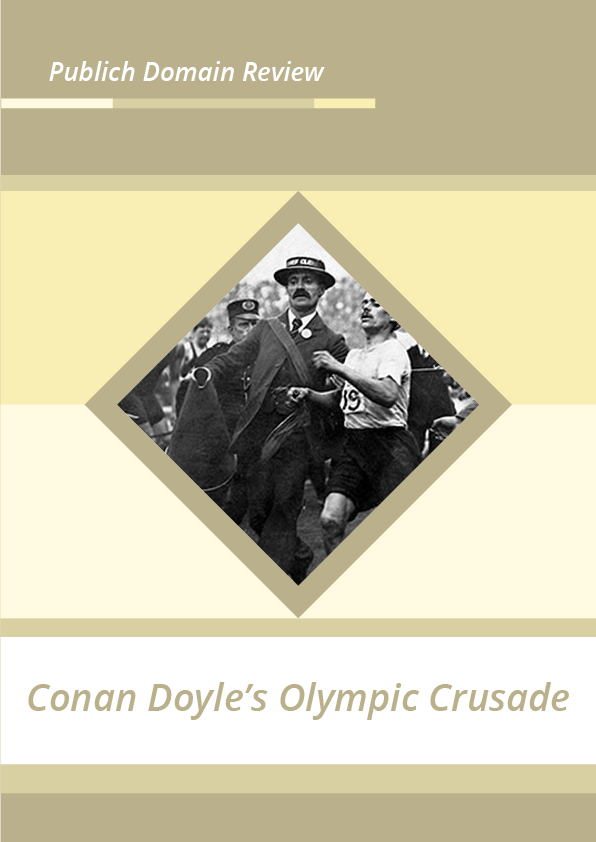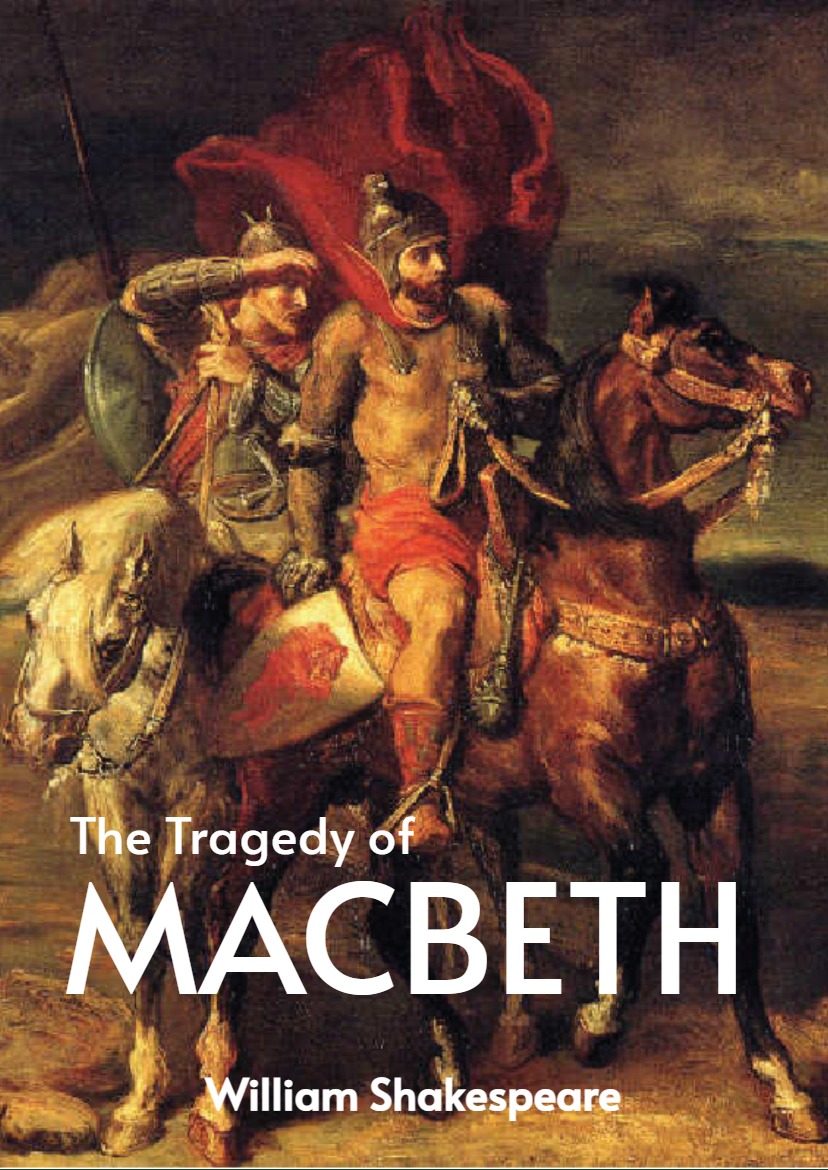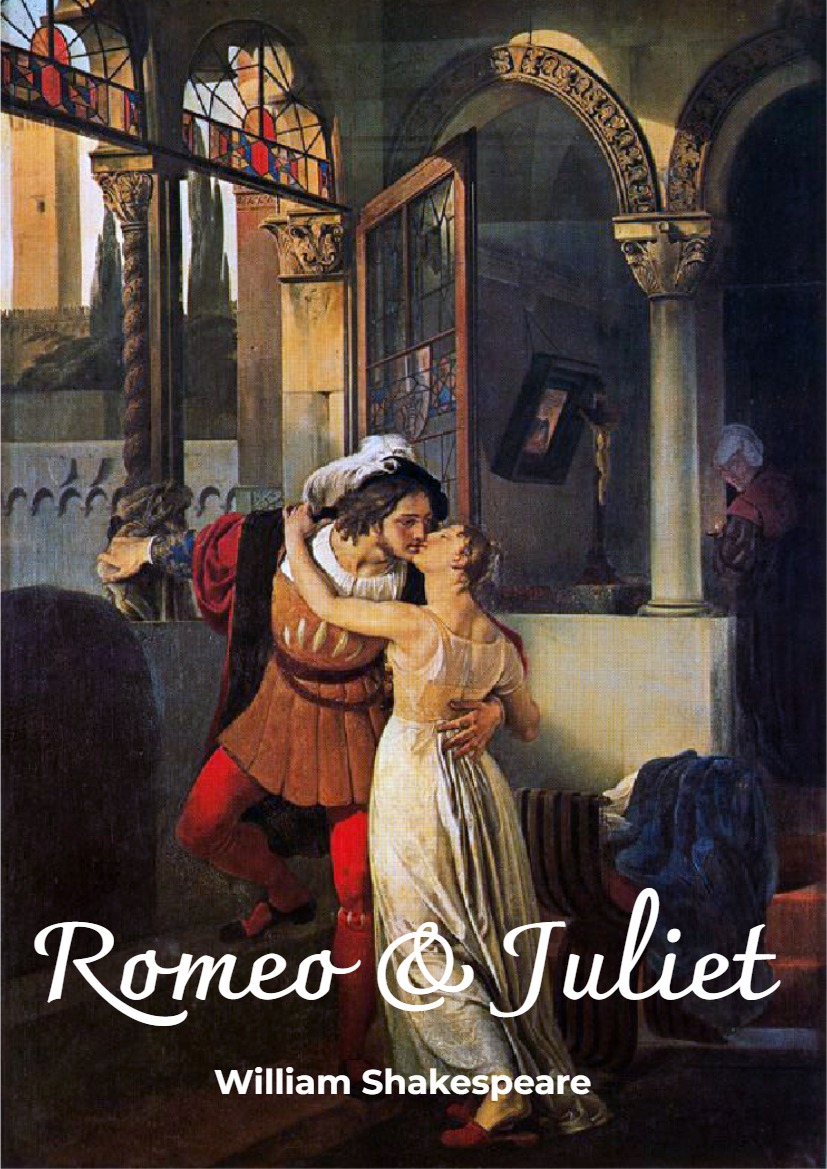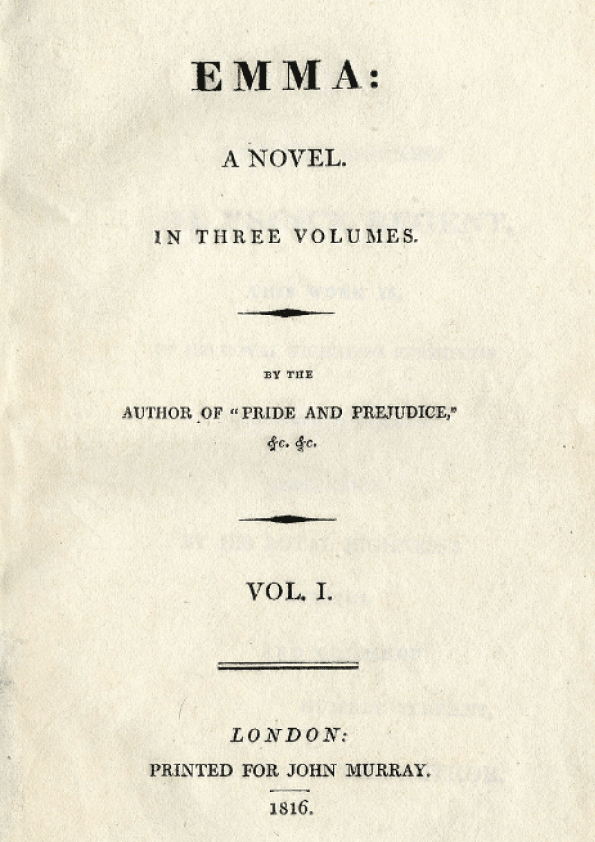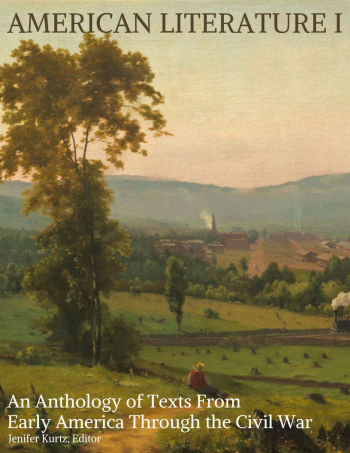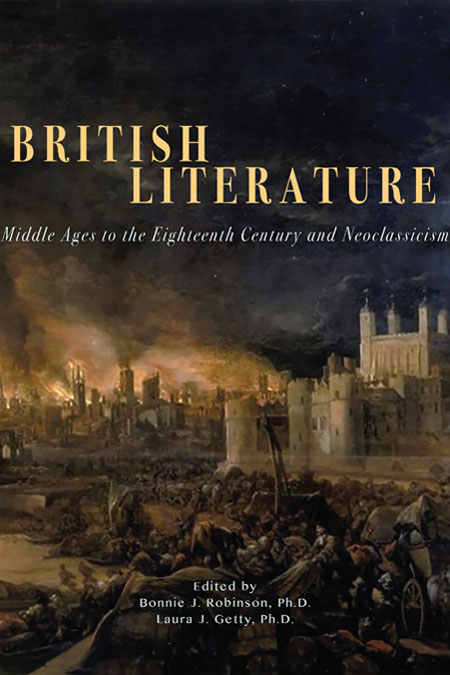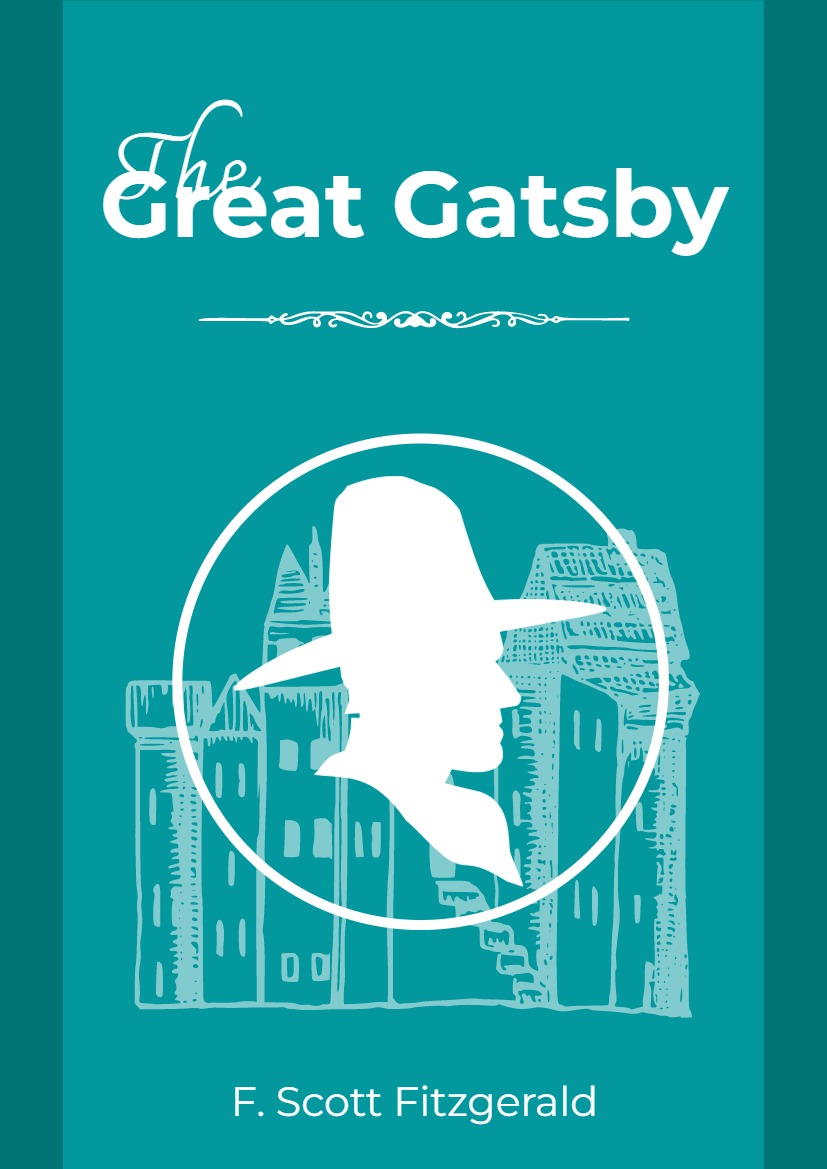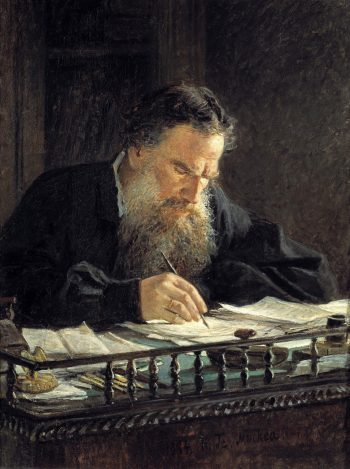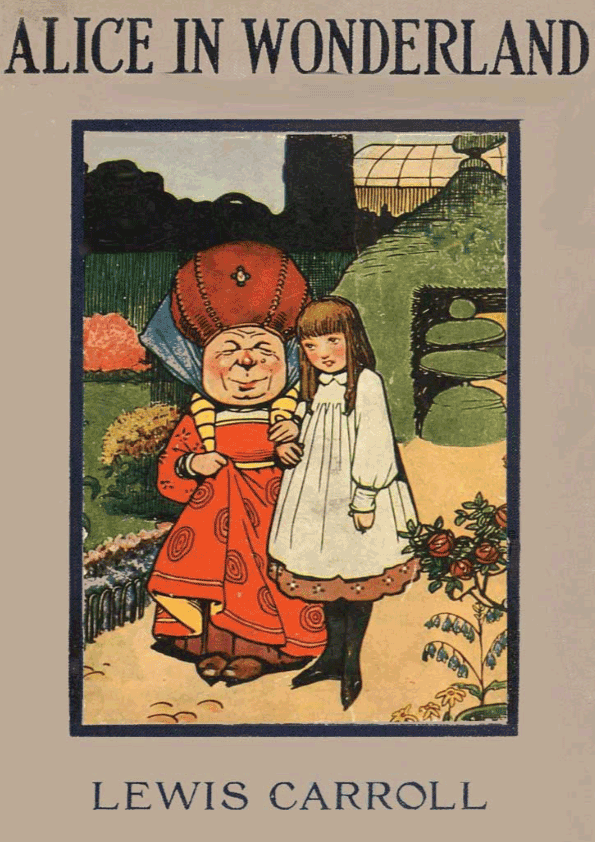When an exhausted Dorando Pietri was helped across the finishing line in the 1908 Olympics marathon, Sir Arthur Conan Doyle, creator of Sherlock Holmes, was there to write about it for the Daily Mail. Peter Lovesey explores how the drama and excitement of this event led Conan Doyle to become intimately involved with the development of the modern Olympics as we know it.
There have been many exciting Olympic contests, but the 1908 race which came to be known as Dorando’s marathon has passed into legend as the most heart-rending. The image of the exhausted Italian runner being assisted across the finish line and so disqualified appears in almost every history of the Games. This was an extraordinary event. Queen Alexandra was so touched by the harrowing scenes in the stadium that she presented a special cup to Dorando Pietri. Irving Berlin wrote a song called Dorando. The King had a horse named after the runner. And a craze for marathon-running was born.
But now let us dispose of a canard. For years there has been a story that Sir Arthur Conan Doyle, the creator of Sherlock Holmes, was one of the officials who assisted Dorando at the finish of the 1908 Olympic marathon and so made the disqualification inevitable. He has even been identified as a portly figure in a straw boater pictured in the background of one of the most famous of all Olympic photographs. Sadly for the romantics, the story isn’t true. The two officials at either side of the athlete are Jack Andrew, the Clerk of the Course, holding the megaphone, and Dr Michael Bulger, the chief medical officer. The man in the background (and seen beside the stricken Pietri in other photos) is probably another of the medical team. Conan Doyle was seated in the stands.
His report in the Daily Mail (25 July, 1908) makes this clear.
Then again he collapsed, kind hands saving him from a heavy fall. He was within a few yards of my seat. Amid stooping figures and grasping hands I caught a glimpse of the haggard, yellow face, the glazed, expressionless eyes, the lank black hair streaked across the brow.
Conan Doyle had been commissioned by Lord Northcliffe to write a special report of the race. “I do not often do journalistic work,” he recalled in his memoirs, “but on the occasion of the Olympic Games of 1908 I was tempted, chiefly by the offer of an excellent seat, to do the Marathon Race for the ‘Daily Mail’.” The almost melodramatic scenes affected him deeply. “It is horrible, and yet fascinating, this struggle between a set purpose and an utterly exhausted frame.” Nothing like it had been seen to that time, though similar scenes would occur at marathon finishes in the future. With remarkable foresight, Conan Doyle finished his report with the words, “The Italian’s great performance can never be effaced from our records of sport, be the decision of the judges what it may.”
It has been suggested that the cup presented next day by Queen Alexandra was Conan Doyle’s idea, but this is another distortion of the truth. In fact, Conan Doyle’s contribution was financial; he got up a fund to raise money for Dorando Pietri. A letter published beside his report in the Daily Mail stated:
I am sure that no petty personal recompense can in the least console Dorando for the national loss which follows from his disqualification. Yet I am certain that many who saw his splendid effort in the Stadium, an effort which ran him within an inch of his life, would like to feel that he carries away some souvenir from his admirers in England. I should be very glad to contribute five pounds to such a fund if any of the authorities at the Stadium would consent to organise it.
